" Renault announced yesterday that their 'little blue bombshells' with two white stripes are coming back. The French blue, white stripes and front panel inset with four round headlights all contributed to a sporting identity that is an important part of "

Super Cinqs: the small Renaults 5s of the 70s and 80s
Hot Clios may have achieved near-legendary status in recent years, but the first go-faster Renault hatches were equally chic, quick, and sometimes un petit peu more exotic
It’s 1976.
ABBA, Elton John and Queen are riding high in the charts, the Queen opens Birmingham’s National Exhibition Centre, and when kids weren’t riding their Raleigh Choppers up and down the streets of Britain, they were glued to the Multi-Coloured Swap Shop (the rest of us had George and Mildred and The New Avengers). Concorde enjoyed its first commercial flight, and the long hot summer brought temperatures – and droughts – as hot as the fledgling class of small hatchbacks which had started to appear.
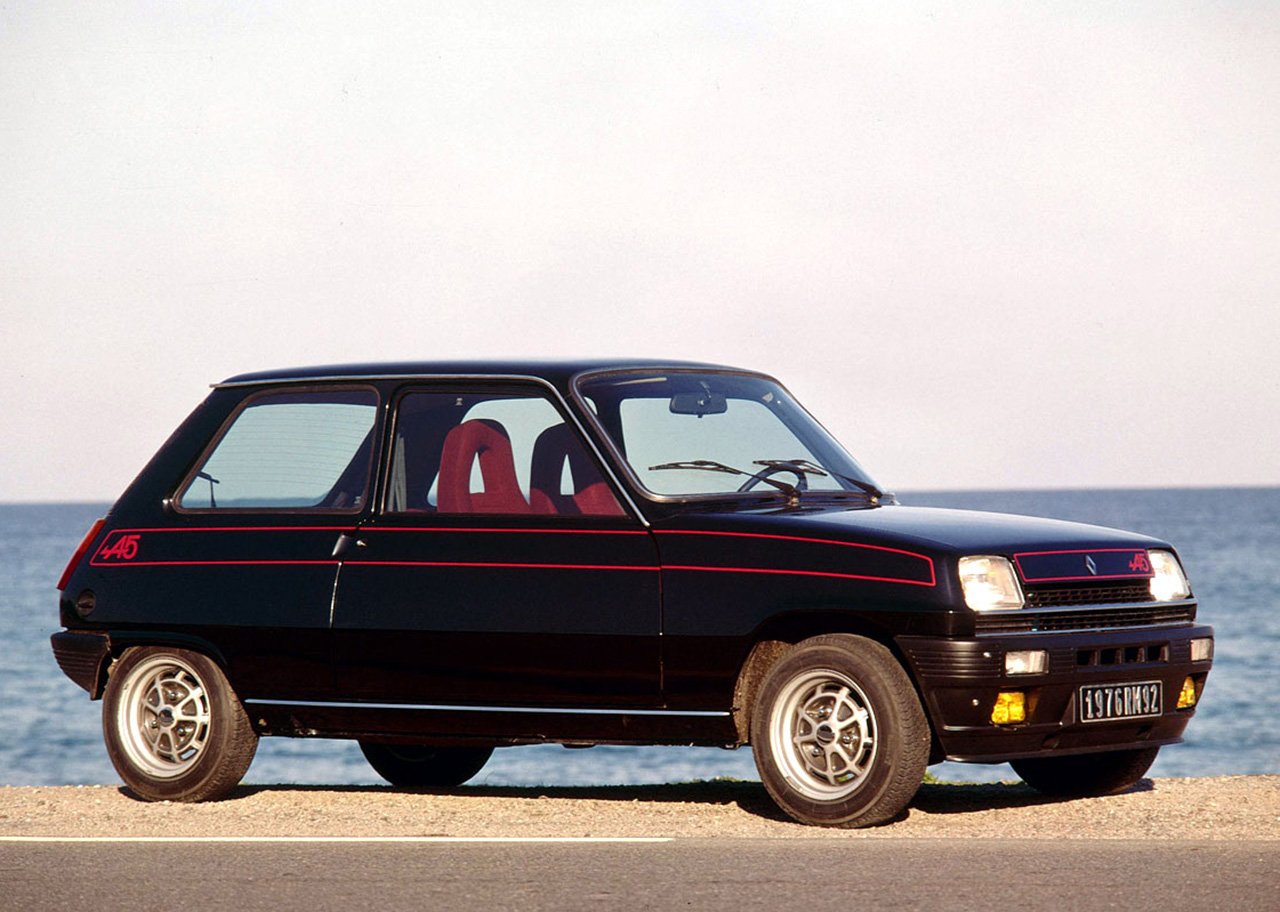
The Renault 5 Alpine was launched in 1976 and offered a genuine go-faster Gallic alternative to the Germanic Golf. Just like the InterCity 125 train that appeared the same year, it was as discreetly stylish as the Golf, too, with its signature blue or black paintwork, silver or red ‘A5’ body coachlines and racy Rostyle-look wheels.
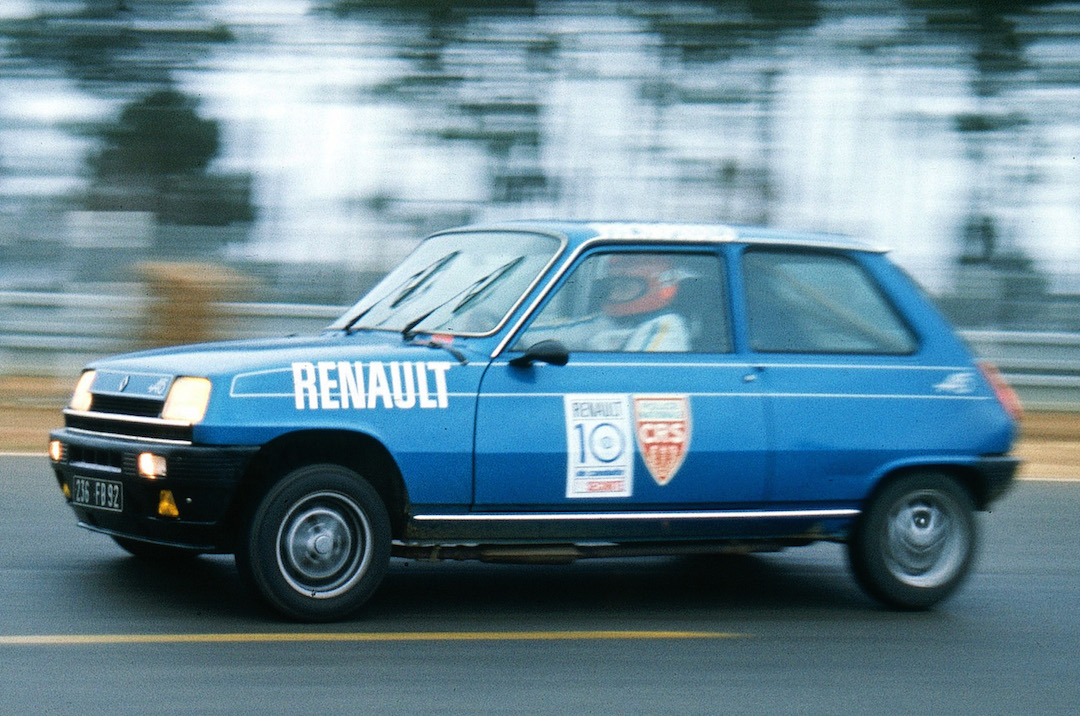
With 93bhp from a 1,397cc, twin-choke Weber 32DIR58 carburettor-fed engine, the 5 Alpine – Gordini in the UK due to Chrysler owning the rights to the Alpine name on these shores – could crack 60mph from rest in 10.7 seconds and go on to 107mph, and was marketed as sorting out ‘the men from the boy racers’. While it might not have been as powerful or as quick as its teutonic rival, it cut as much of a rakish dash. The small, square Renault first appeared in 1972, and with the 5 Gordini’s output twice that of the 1.1 version of La Regie’s new baby, it was clear there was more to the R5’s future than just being a very chic urban runabout.
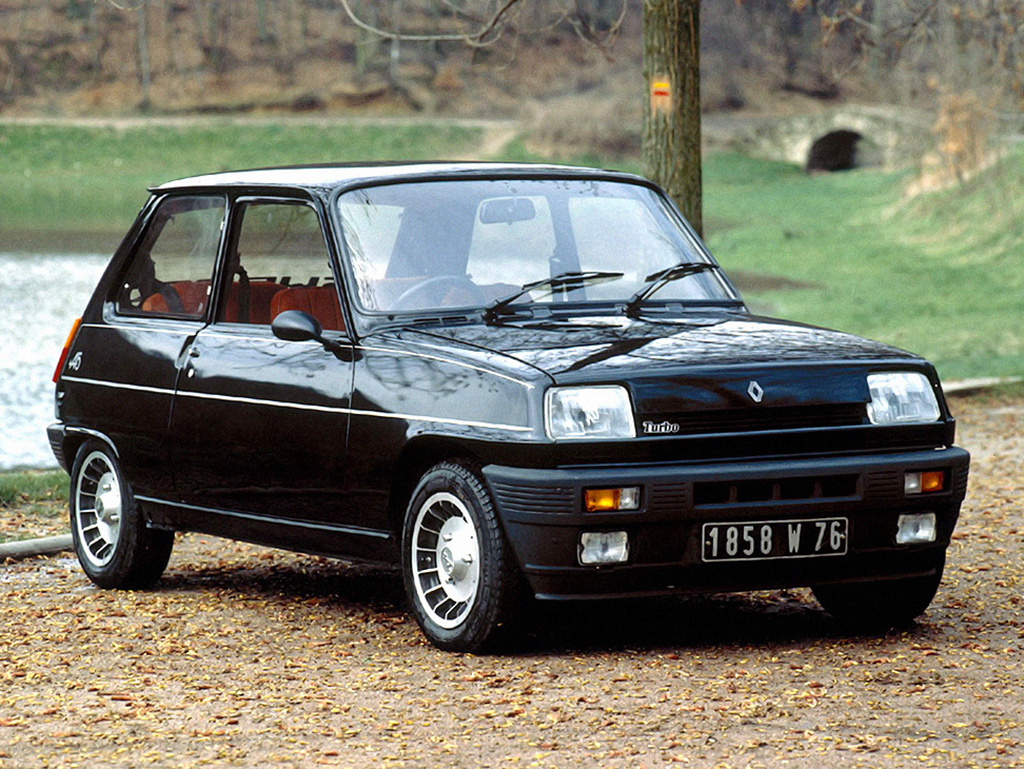
The Renault 5 Gordini/Alpine Turbo of 1982 was the second step. It was basically the Alpine/Gordini with a Garrett T3 turbocharger bolted to the engine so the performance and power increases were significant. Embracing the burgeoning trend for forced-induction and adopting Renault’s turbocharging technology seen on its F1 cars, the 110bhp 5 Alpine Turbo boasted 18 per cent more power than its naturally aspirated sister and did the 0-60mph dash a second quicker. Much more aligned with the Golf GTI in terms of go, at £5,752, it was a useful £400 cheaper.
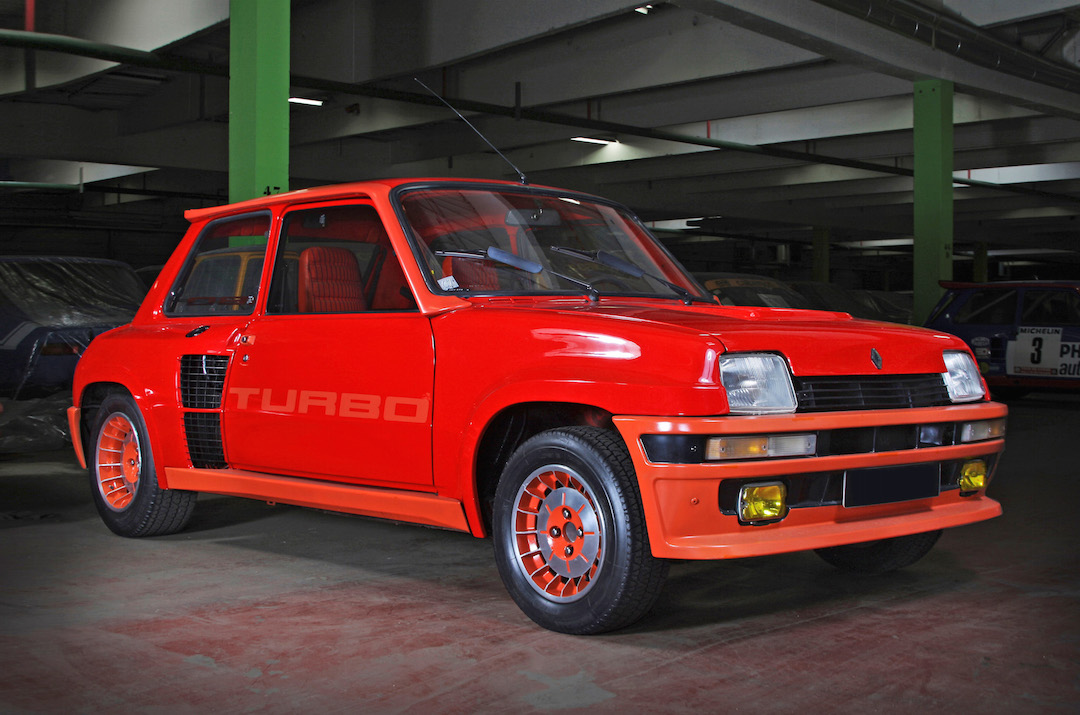
If the 5 Alpine and 5 Alpine Turbo were the warm-up acts, the main attraction arrived in 1980. The Renault 5 Turbo may have had a less evocative name than the Alpine/Gordini Turbo, but what it lacked in syllables it made up for in supremacy. With 160bhp and 155lb ft from essentially the same 1,397cc engine as the Alpine Turbo (with the added benefit of Bosch K-Jetronic fuel injection), its pace was intergalactic, with 60mph reached in just seven seconds and a top speed of 125mph.
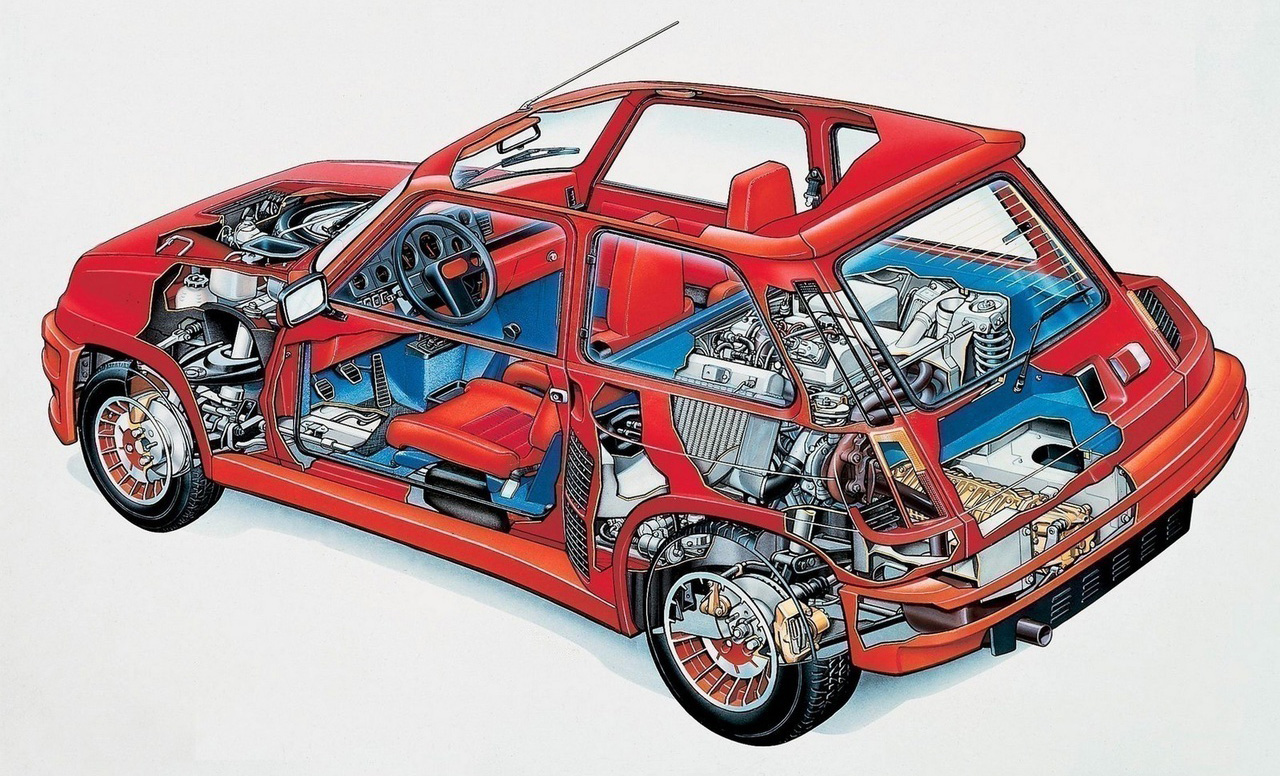
A truly mad mid-engined layout turned the small hatch concept on its head, and with 10-inch wider bodywork made from steel and aluminium, and the bonnet, flared wings and bumpers fashioned from polyester, it had truly space-age looks. With the distended rear bodywork from the pen of Bertone’s Marcello Gandini, it wasn’t pretty – but it wasn’t meant to be. Designed to go rallying, Renault had deigned to build on the R5’s earlier motorsport success, and the 5 Turbo was built to compete in Group 4 racing. Its ferociously fast Porsche 928S-like pace meant Renault’s new rear-wheel drive baby enjoyed its first victory at 1981’s Monte-Carlo Rally at the hands of the legendary Jean Ragnotti.
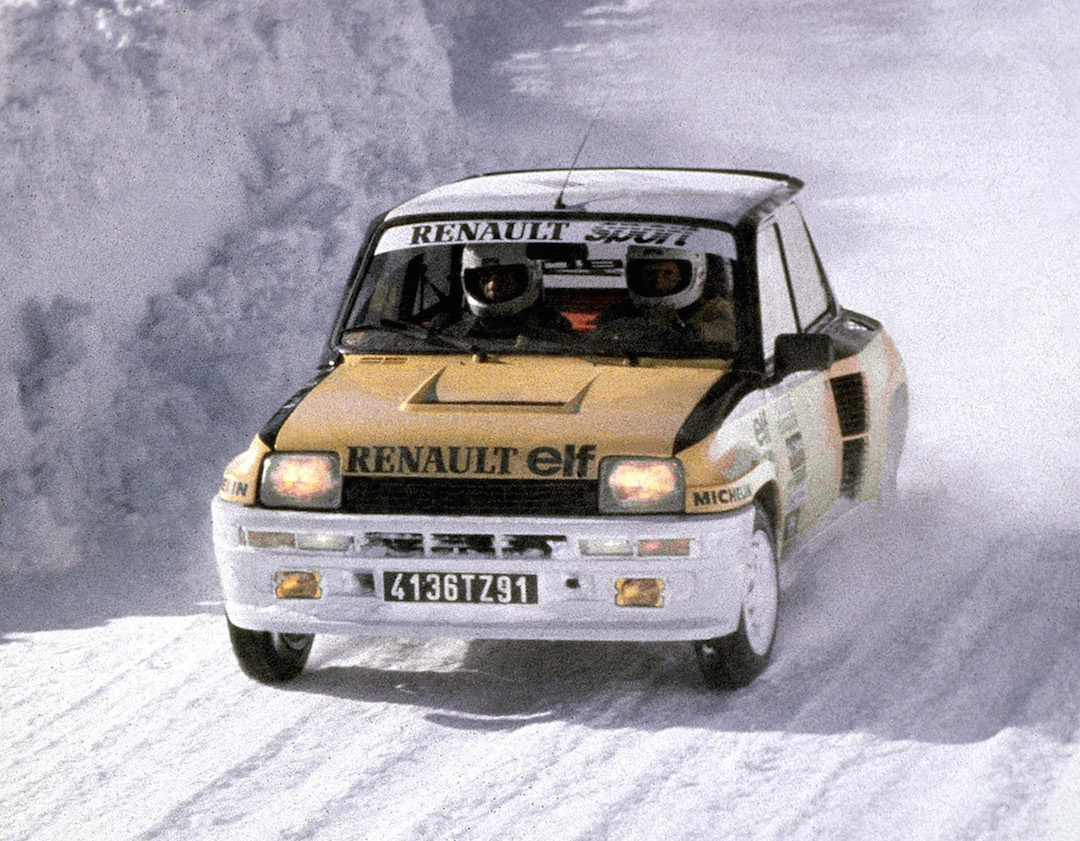
At £12,000, the small Renault 5 Turbo’s price was double that of the Alpine Turbo, but with 70 per cent more power, the 5 Turbo was a true mid-engined, supercar-baiting exotic. A bespoke – and very garishly 1980s – interior made the ultimate 5 even more special. And what did it matter if you could carry less shopping or passengers: the Jaeger dials, two-spoke abstract steering wheel and contrasting Olympe Bleu or Rouge Grenade combinations meant – mon dieu! – you got noticed.
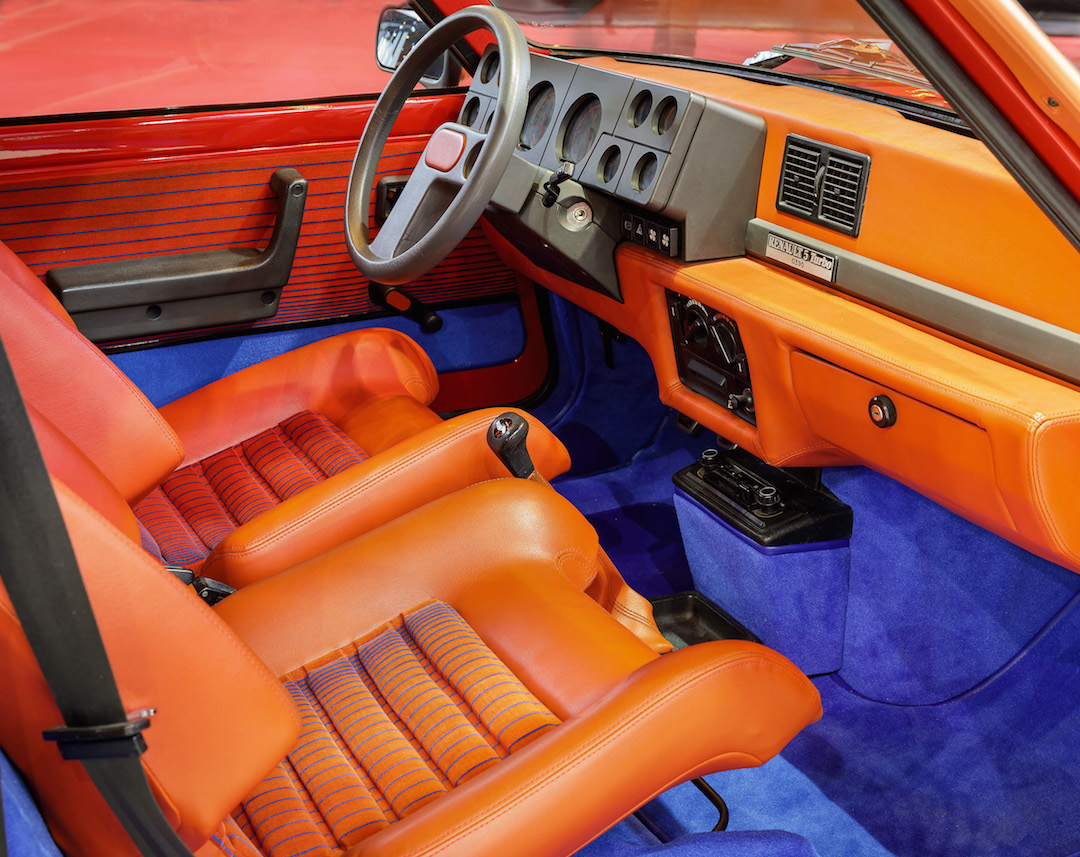
Now as much a cultural icon as a motoring one, performance car aficionados may recall the 5 Turbo’s role in the 1983 James Bond film Never Say Never Again, where a red version of the mid-engined wonder was driven by Barbara Carrera’s villain Fatima Blush, her tailoring as sharp as her 5 Turbo’s handling. But Bond and a modified Yamaha motorbike couldn’t give chase and ultimately, the 5 Turbo stole the show – even secret agents had to give second best to the wide-bodied Renault supermini!
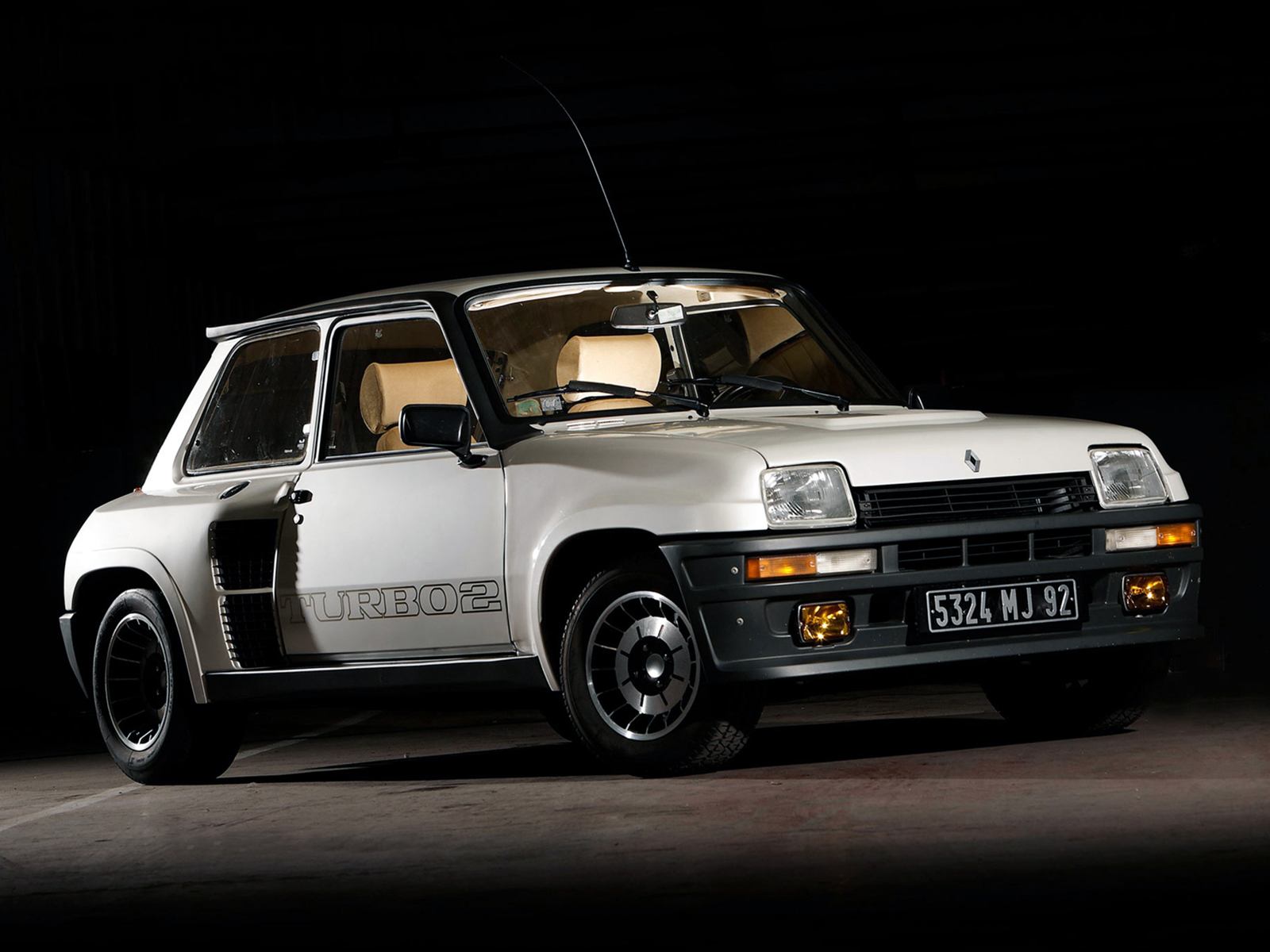
The most expensive non-imported model in French car showrooms during 1981, the 5 Turbo’s competition included the similarly rallying-focused 135bhp Vauxhall Chevette 2300HS and 150bhp Sunbeam Lotus. A second run of less exotic, all-steel-bodied ‘Turbo 2’ cars was built from 1983-1985, with around 5,000 Turbos of all generations built at Alpine’s Dieppe plant. While the first 400 satisfied the Group 4 homologation requirements, few could foretell that la petite bombe would be so popular.
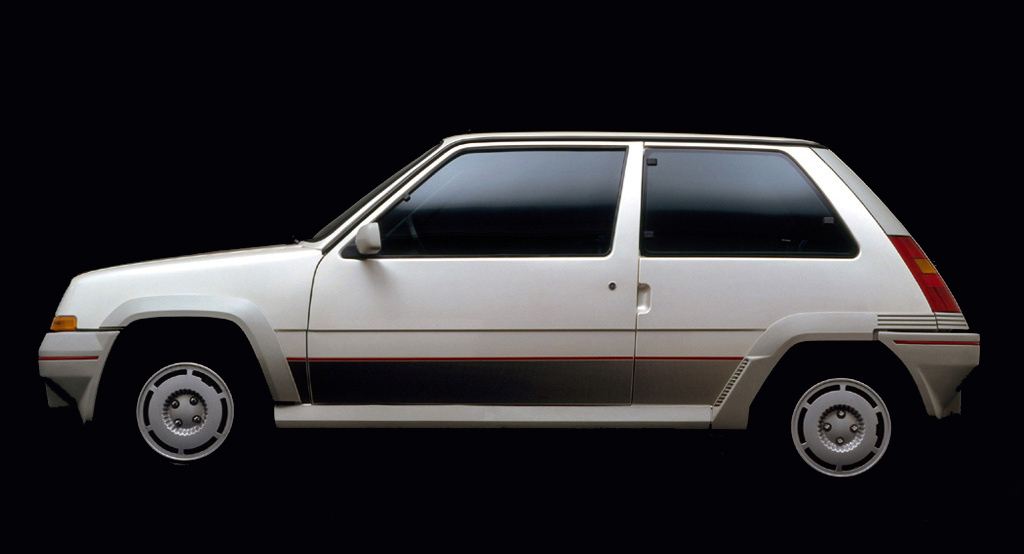
While the 5 Turbo was still competitive in the forests, it was discontinued for the road, being replaced by the 5 GT Turbo, a new model based on the second-generation ‘Supercinq’ Renault 5 was introduced in 1984. Appealing to a whole new generation of hot hatch enthusiasts, the 5 GT Turbo’s smooth looks, go-faster stripes and pokey performance offered more dash for less cash than the Golf GTI. It also had warp-speed turbo lag, but with 113bhp and a 0 to 60mph time of 7.5 seconds, it was almost as fast as its mid-engined predecessor.
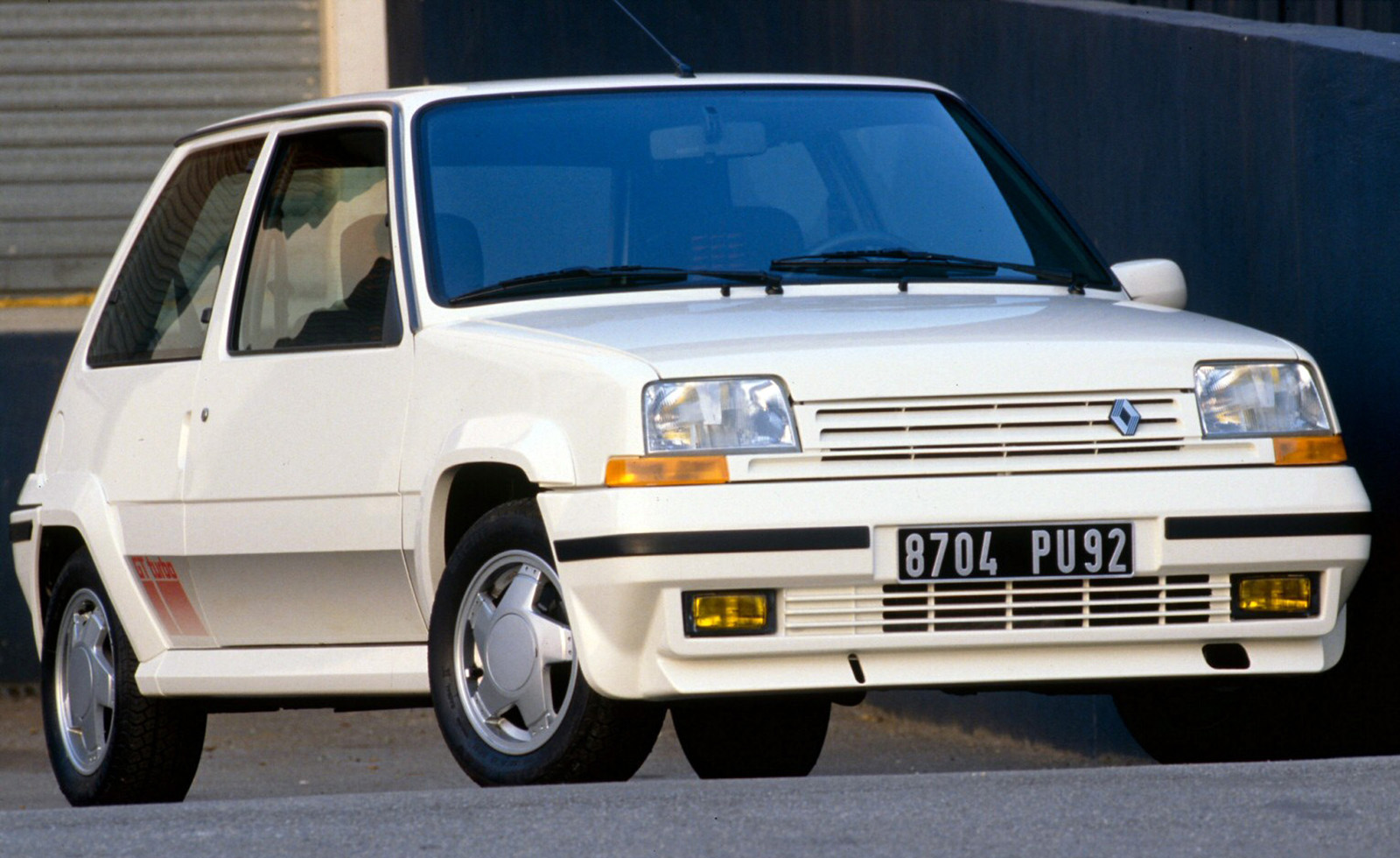
Still powered by the 1,397cc ‘Cléon-Fonte’ engine dating back to the 1960s, the 5 GT Turbo gained a water-cooled turbocharger in 1987, as well as new bumpers and side skirts. Power was nudged to 118bhp, while an updated interior was added in 1989. A special ‘Raider’ model appeared in 1990, while the last Renault 5 GT Turbos rolled off the lines in 1991. Replaced by the Clio 16V, along with the Peugeot 205 GTI, the 5 GT Turbo was one of the darlings of the Max Power generation. Now considered a 1980s hot hatch icon, the GT Turbo’s performance is as blistering as its tacked-on wheel arch extensions.
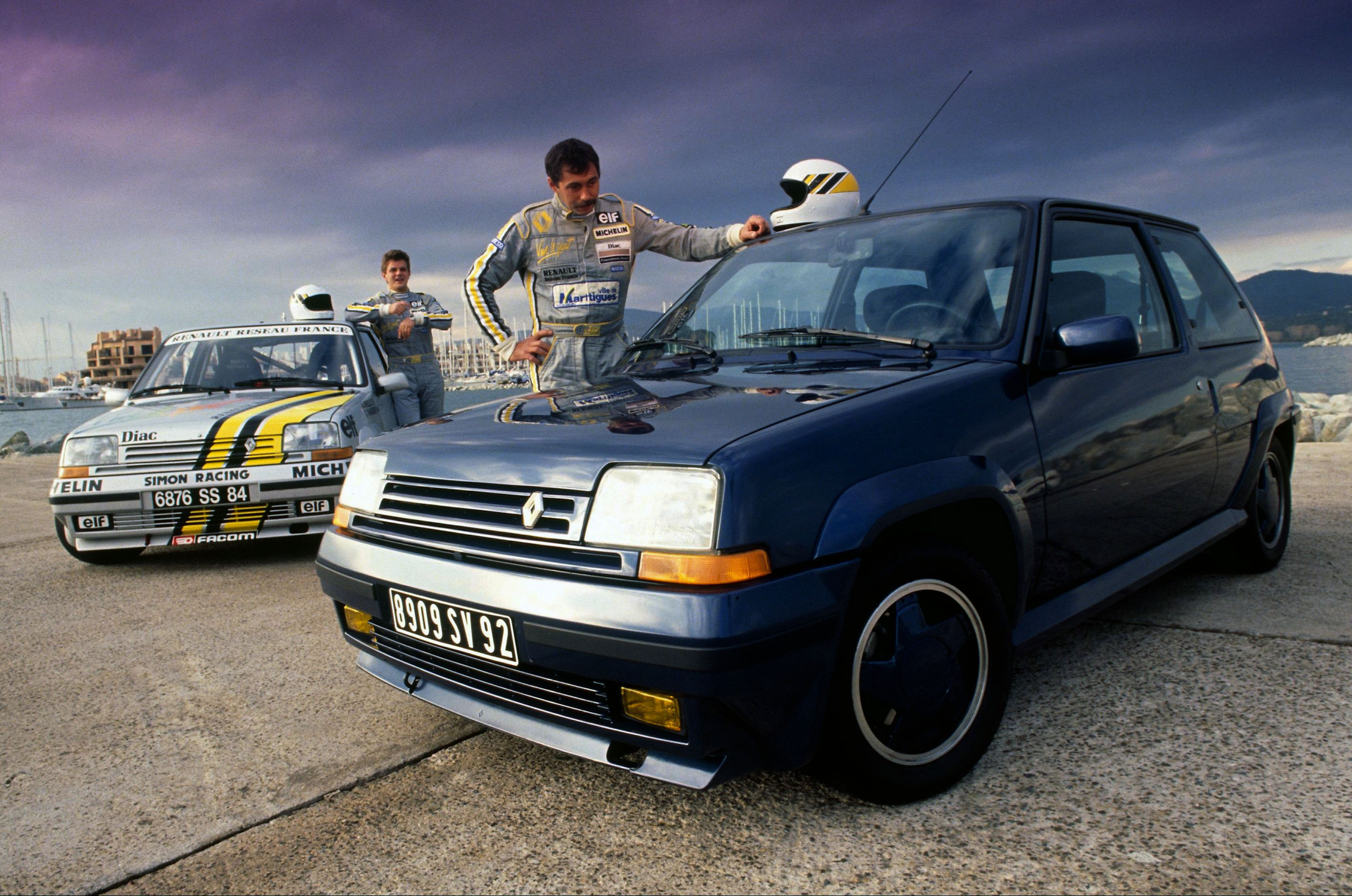
The Williams and Renault Sport-tuned Clios of the 1990s and 2000s may have achieved near-legendary status for their blend of go-faster chuckability and raw thrills, but the hot 5 of the 1980s laid the template for Renault’s go-faster success. They may not have truly been the first, but they squealed and darted off the hot hatch starting grid with une goutte of Gallic flair. Undoubtedly, they were the super Cinqs.
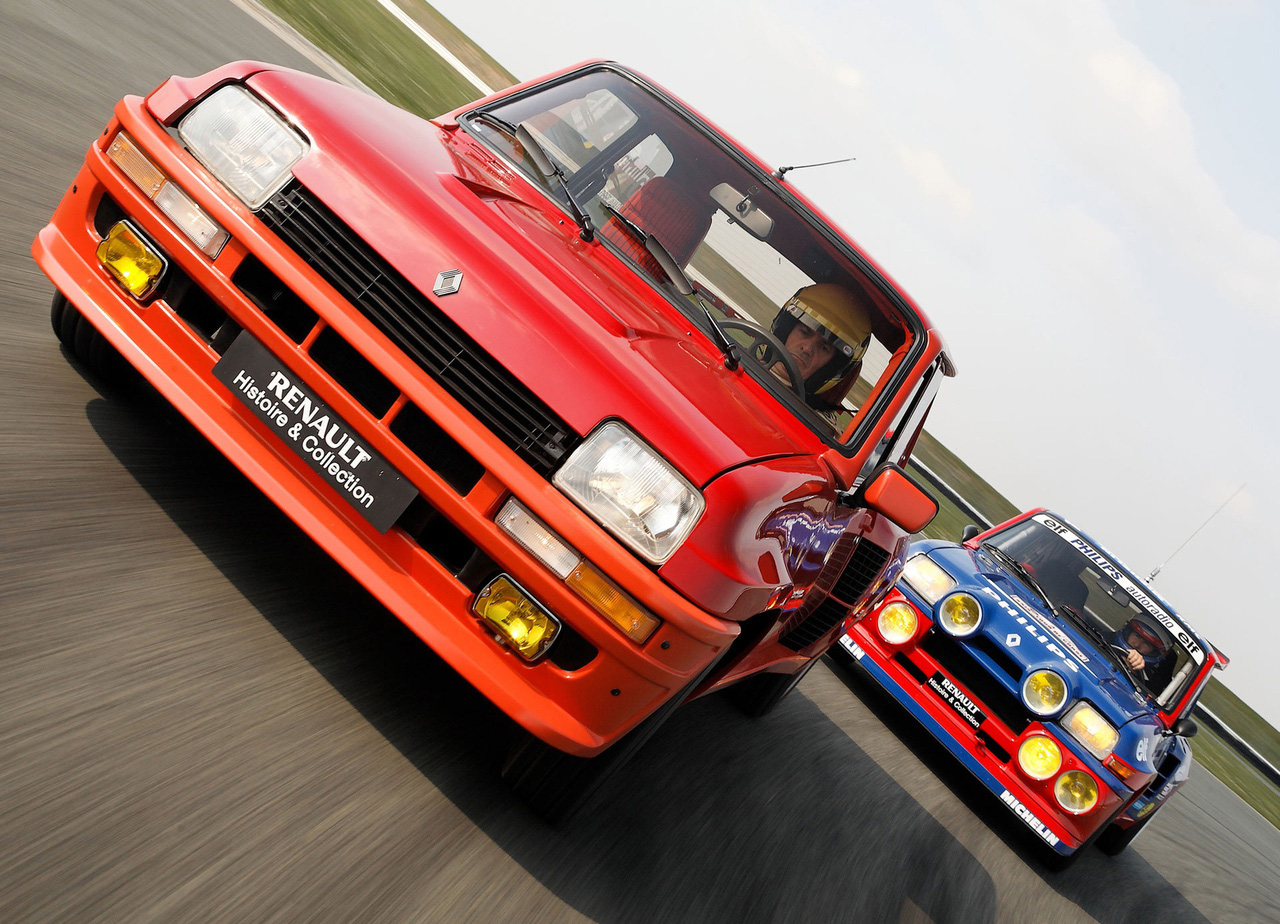
CLICK TO ENLARGE










